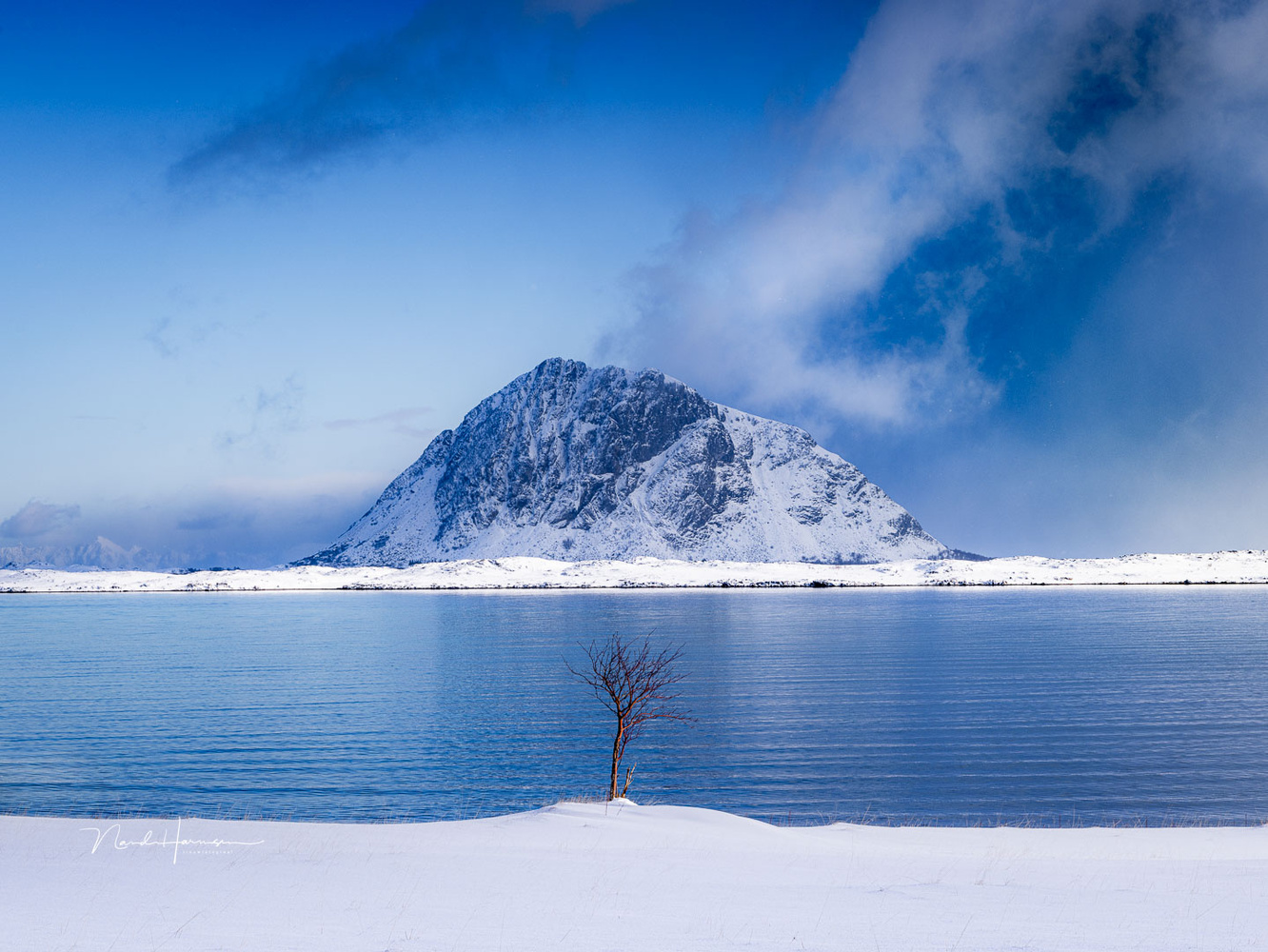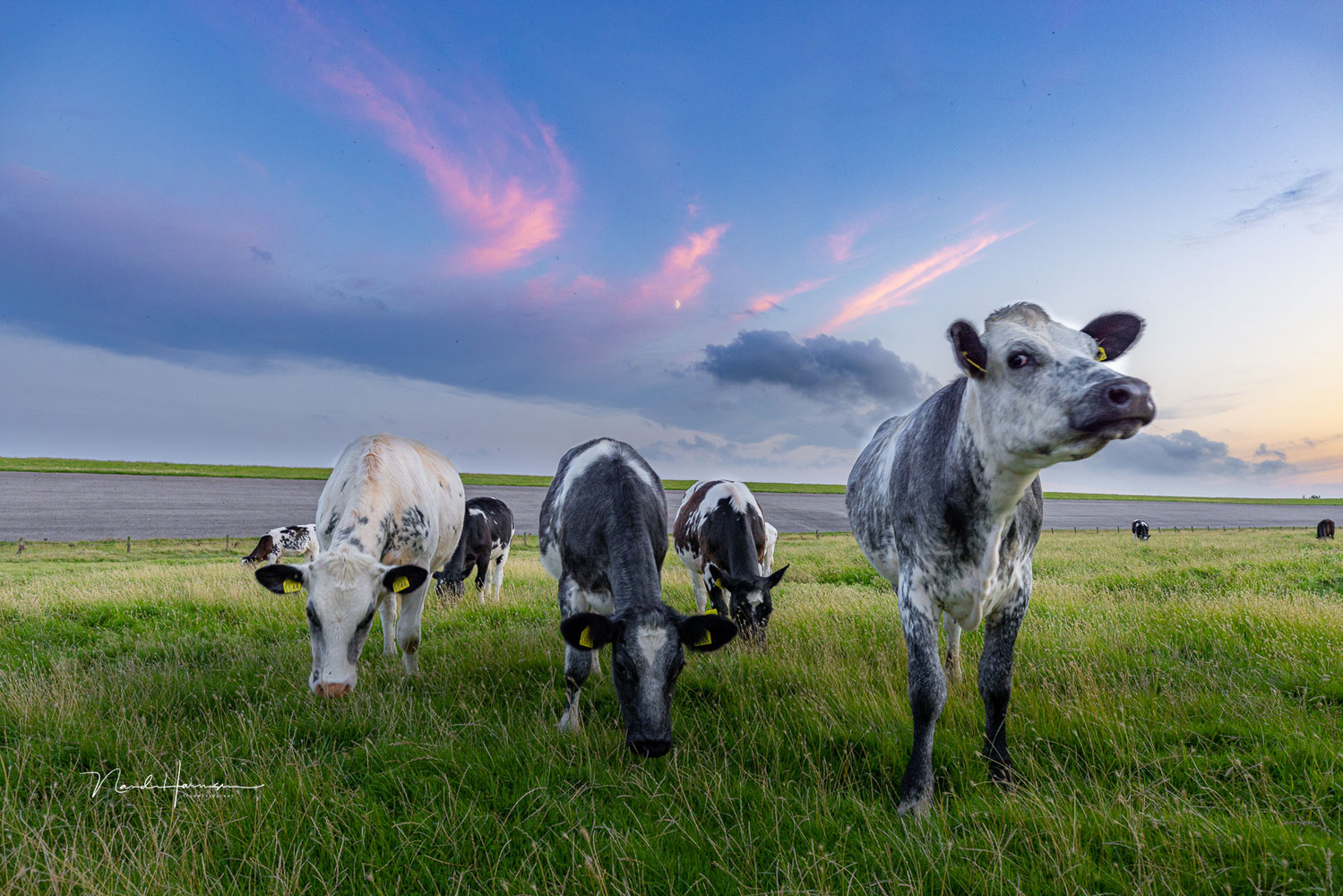Even if you’re standing in the middle of a great-looking landscape, it can be difficult to make an inspiring photo. Many people feel the need to capture as much as possible in one single frame, but that’s not the solution. Keep these three things in mind, and your landscape photo will improve a lot.
A landscape is perhaps the easiest thing to find. It’s everywhere around you; It can be a natural landscape, or a landscape in the middle of the city. You can choose an untouched landscape, or a landscape where nature and mankind interact.
Although capturing a landscape may seem easy, the reality turns out to be the opposite. Capturing the essence and beauty of the landscape is not easy at all. Most of the time the photo doesn’t do it justice: It appears flat or even boring, with missing details that make it difficult to focus on anything of interest.
You could say it’s all about composition, and I’ll say yes, it is. But a good landscape photo is so much more than that. Composition is only a part of what makes a landscape photo interesting. You can use the rule of thirds or the golden ratio, play with lines and diagonals, or experiment with the rule of odds. However, that doesn't guarantee a good landscape photo.
Show One Thing, Not Everything
It’s tempting to capture everything you see in a landscape. That’s understandable since everywhere you look you'll see amazing things. Modern ultra-wide-angle lenses make this easy to capture everything at once. I've even heard advice that suggests a good landscape photo cannot be made without such a lens. If you have 24mm, it’s better to use a 16mm lens, they say. If you have a 16mm lens, a 10mm focal length is a better choice. If possible, go even beyond that.

The problem with these lenses is the magnification factor. In order to fit the complete landscape inside the frame, everything has to be small. If you’re not careful, all details will be lost.
I don’t say an ultra-wide-angle is always the wrong choice, but on most occasions, you’re better off with a longer focal length. It enables you to let the most important element in the landscape shine without any distractions. Don’t be tempted to show more than that one important element.

If there is more that’s worth showing, capture a couple of different compositions instead. Don't include everything in a single frame. By focusing on just one important element, your landscape photo will become much more interesting to look at.
Wait, Look, and See
How do you determine the most important element in a landscape? Well, this is different for everyone. It's not something you can know at a quick glance, so don’t be that photographer that jumps out of a bus and starts shooting right away. Take your time, look, and truly see the details in the landscape.
I've found that it's best to keep your camera in the bag when you arrive at the location. Walk around, explore the landscape from different perspectives, and see how elements are positioned relative to each other. Observe how this relative position changes from another vantage point.
You might even sit down for a while and let the environment grow on you. It might be surprising how much more you will start to notice. It's not just about looking at things; it's about seeing things.


If you think there isn’t enough time for that because the sun is rising or setting, you arrived too late on the location, or you didn’t scout the location properly.
Just take your time and you’ll discover there’s more to see and photograph than you expected at first. Moreover, it makes landscape photography a wonderful experience. Even if the weather doesn't turn out the way you hoped, it can still be a great time being out there. Returning home without an amazing shot won’t be that frustrating anymore.
Don’t Be Distracted by the Subject
Enjoying time in the landscape can be rewarding, especially when you find an interesting subject and a great composition. But it doesn’t stop there. Having a subject and a great composition is not enough. Make sure there are no distractions in the photo.

Most common distractions can be found at the edges of the frame. I already mentioned this in another article about light in a landscape photo. But it doesn’t stop there. Branches sticking into the frame or elements with completely different colors or tonal values can divert attention from the subject itself.
Often these elements are hidden in plain sight because you’re too focused on the subject and the composition. However, once you notice these distractions, it becomes impossible to ignore them. You will notice them every time you look at the photo until they become the only thing you see.
So don’t be distracted by the subject. If you have determined what the subject is, and how it fits in the composition, start looking at the edges of the frame for any signs of distraction. If you notice such things, try recomposing the photo. If you have doubts and wonder if an element distract or not, it eventually will.

Sometimes it’s impossible to get rid of all distractions. In that case, it might be possible to remove it during post-processing. You can add a vignette to hide some of them or use tools like the clone tool, content-aware fill, or modern AI tools to remove distracting elements. These tools are not only made for adding artificial elements to a frame; they also work wonders for removing distractions.
However, don’t overdo it. After all, it’s nature, and there is always a bit of chaos present, or so it seems. I like to keep it as real as possible, but that is my personal preference. But I will remove distractions if necessary if it improves the photo.
How far would you do with removing distracting elements in a landscape photo? Does it have to reflect the uncensored reality, or are your in search of an eye-pleasing landscape that resembled reality as much as possible, but without distracting elements? Let me know in the comments below.








Nice article Nando, I have no problem removing distractions in post if it was impossible to do so on location. I don’t add things to the scene, or compress or stretch certain parts of the image to get a better composition.
Thank you. I agree, adding things is not done.
I will be the one low to the ground with my canon 11mmZoom...and I will be there earlier than anybody else too....sorry if I am blocking your view
Fortunately the best composition needed a longer focal length and from a higher perspective. That's why I could shoot over your head and capture the best shot ever. You were never blocking my view :p
In answer to the question, can distracting details be removed ? I would say, of course. Why not ? As soon as a photographer presses the shutter, he/she is stepping away from the reality of the three dimensional world that the human eye sees. How far away the photographer steps is his/her choice and is purely a question of taste or aesthetics. As long as we are honest about our work, what else matters ?
Well said (y)